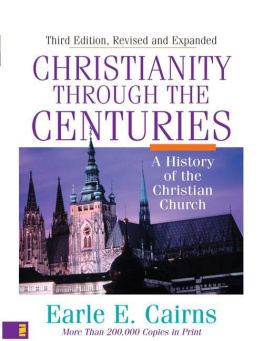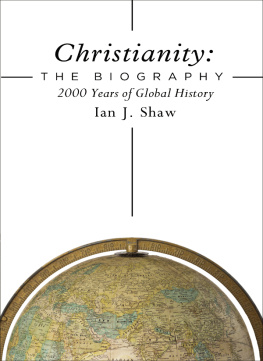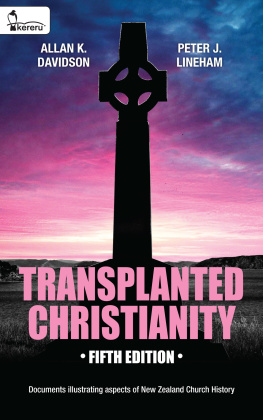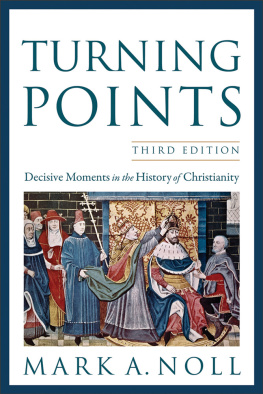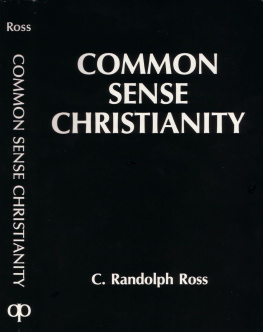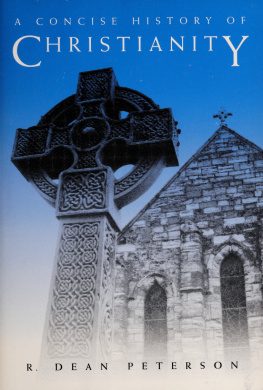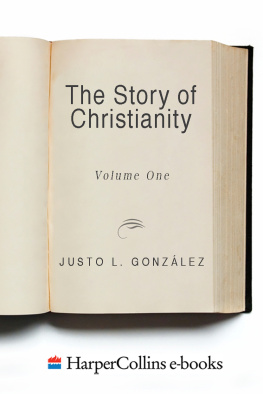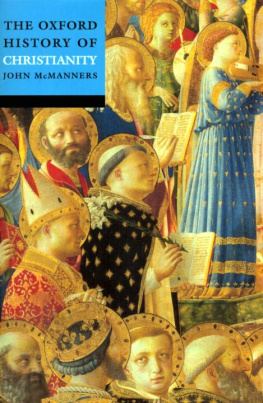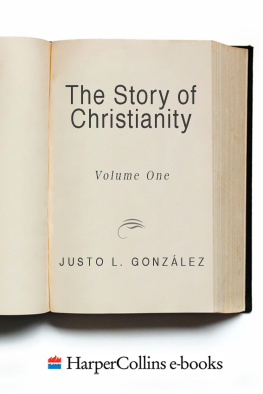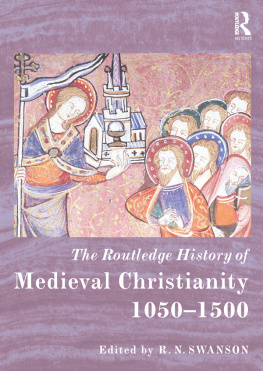Earle E. Cairns
AN EXAMINATION OF available church history texts reveals that most of them reflect a particular denominational or theological bias. This text was written from a conservative, nondenominational perspective. A Christian philosophy of history underlies the presentation.
Because one can never understand the history of Christianity effectively without some conception of the political, economic, social, intellectual, and artistic movements in each era of history, the events of church history are related to their secular environment. The treatment of persons, places, dates, events, ideas, and trends or movements in their proper temporal and geographical setting helps one grasp the flow of church history. I have given attention to the impact of Christianity on its times and to the mark of the times on Christianity. I have attempted to link information, understanding, and interpretation in a relevant synthesis that has value in the present.
I am grateful that after forty years of the use of this text by both teachers and students in the classroom and by the Christian public its continued demand has made an extensive revision desirable and feasible. Constructive suggestions from several people have been most helpful in improving the accuracy and clarity of this work.
Several new maps, charts, and diagrams have been added to aid in understanding historical movements and relationships. Several new pictures have also been included. Bibliographies in the introduction, at the beginning of each of the three major eras of church history, and at the end of each chapter have been expanded and updated to make the best primary and secondary materials available to the reader. Many sections have been expanded and rewritten, for example, those on Scholasticism, the Radical Reformation, Roman Catholicism, and the Eastern churches. The account of the era since World War I has been extensively revised and expanded to take into account new developments, such as the defeat of the rightist totalitarian states of Germany, Italy, and Japan in World War II and the fall of communist leftist totalitarianism in Russia and Eastern Europe in 1989; the decline of liberal, neo-orthodox, and radical theologies; the rise of evangelicalism, especially in the Third World; the decline of liberal politicized ecumenism; the challenge of parachurch and megachurch to denominationalism; recurrent Protestant revival in the Atlantic basin; the Pentecostal-Charismatic-Third Wave emphasis on the Holy Spirit; more power for women in the church; global church growth in spite of heavy persecution; and a more open Roman Catholicism.
I hope that through this book many will become aware of their spiritual heritage and ancestry in a day of existentialism and be constrained to serve God and their contemporaries better by life, word, and deed. I am deeply conscious of the part colleagues, teachers, students, other writers, and many others have played in the development of this text. I trust that through it the cause of Christ may be advanced and the church edified.
Earle E. Cairns
Wheaton, Illinois
CURIOSITY CONCERNING THE past has long characterized man, from Nabonidus, who lived in Babylon in the sixth century before Christ, to the present-day archaeologist and historian. Christians have a special interest in history because the very foundations of the faith that they profess are rooted in history. God became man and lived in time and space in the person of Christ. Christianity has become the most global and universal of all the religions that have emerged in the past in the Near and Far East. In addition, it has become increasingly influential in the history of the human race. Church history is thus a matter of profound interest to the Christian who desires to be enlightened concerning his spiritual ancestry, to emulate the good examples of the past, and to avoid errors that the church has frequently made.
I. WHAT IS CHURCH HISTORY?
The German noun Geschichte , a form of the verb geschehen , which means to happen, refers to history as event rather than as a process or a product. Thus history may be defined first as an incident , an actual event or happening in time and space as the result of human action. Such an incident is absolute and objective and can be known only directly and fully by God. Such history cannot be exactly repeated later in another place. Parallels and patterns may appear to the historian because people may behave in similar fashion in different times and places and because they are people who can be affected by good and evil.
Information about an incident is a second meaning for the word history. This usually indirect information about the past may be in the form of a document or object relating to the incident. Unlike the scientist who can study his material objectively and directly, the historian is subjectively limited because he is a part of what he studies and has to take Gods actions in time and space into account, consider mans role in history as a freewill agent, and realize his data is indirect. Saint Peters in Rome, the catacombs, a papal bull, and mosaics in Ravenna are examples of history as information.
The English word for history came from the Greek word historia, which is derived from the Greek verb histore[amo]. This word was used by the Attic Greeks and originally meant to learn by inquiry or investigation. The word was used by Paul in Galatians 1:18 to describe his interview with Peter in Jerusalem. This leads to a third meaning of history as inquiry or research to check as well as find data about the past. History is a distinct discipline with a process for research. This historian tests the authenticity, genuineness, and integrity of his information by careful study of the background and text of his material. Valid inductions can also be developed as the scholar sees patterns objectively appearing in his material.
The historian who thus far seeks answers to such questions as who or what and when and where must then consider the question why or the meaning of his data. The Greeks, who used the word historikos as another term for history, thought of history in this sense as the product of inquiry. This suggests interpretation as a fourth meaning for history. This is the subjective reconstruction of the past in the light of the data, the historians own biases as well as the climate of opinion of his time, and the element of freedom of the human will. Such reconstruction can never fully tell the past as it was but must be partial, subject to error and human bias. A consensus about the past will emerge, however, as historians check one anothers work. Students in classes usually study history of this type. Although absolute truth about the past may elude the historian, he will, as far as his information permits, present truth about the past objectively and impartially.
From this discussion the student will be aware that history may be event or incident, information, inquiry or process and product, or interpretation. History as event is absolute, occurring only once in time and space; but history as information, inquiry, and interpretation is relative and subject to change.
History may be defined as the interpreted record of the socially significant human past, based on organized data collected by the scientific method from archaeological, literary, or living sources. The church historian must be just as impartial in his collection of the data of history as the secular historian is, even though the church historian recognizes the fact that neither of them will be neutral to the data but each will approach the material with a framework of interpretation.

